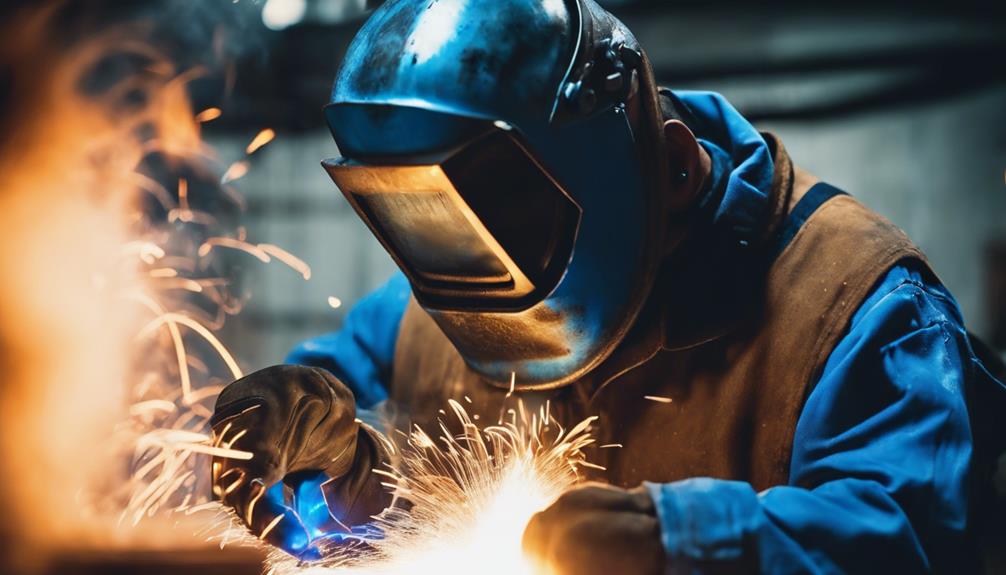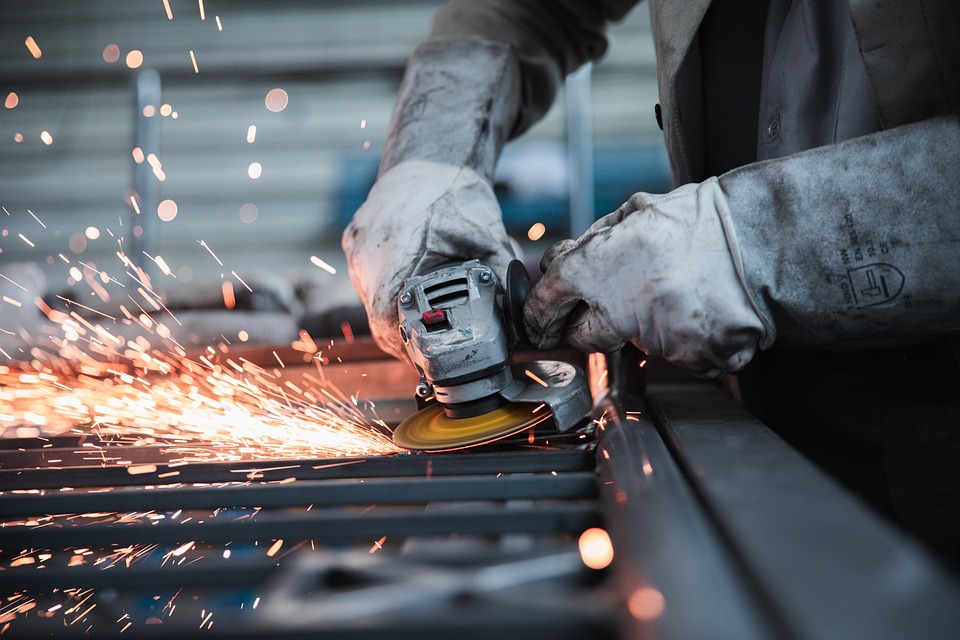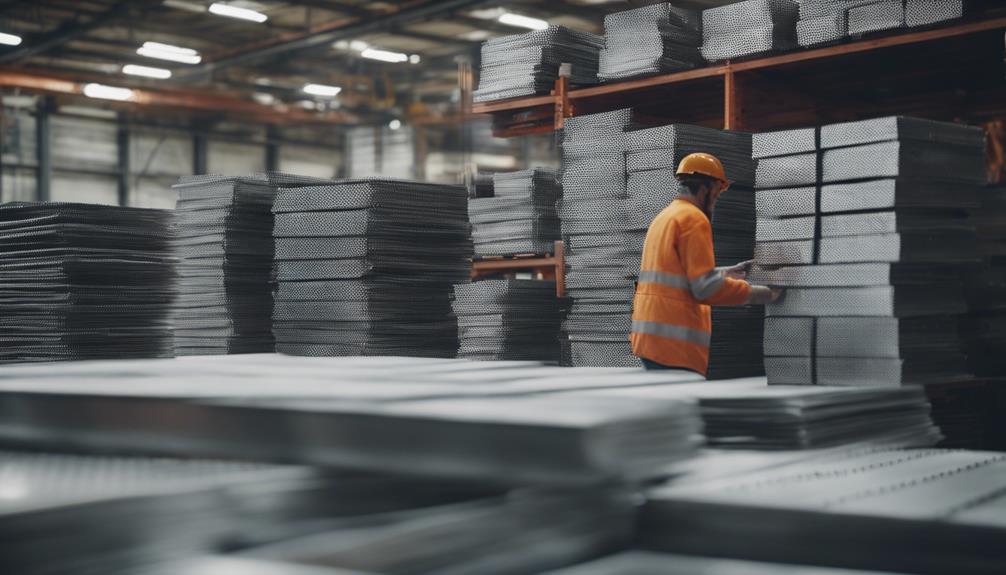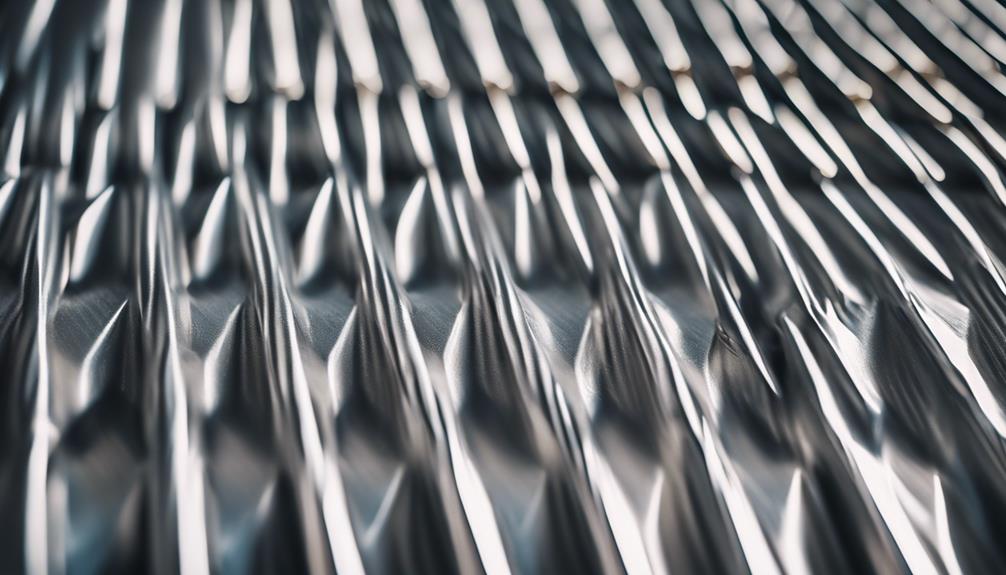Selecting the appropriate welding materials is essential for achieving strong and durable weld joints in various welding processes. Factors like metal type, material thickness, and welding technique influence the choice of materials, impacting the weld's quality and performance. Considerations such as corrosion resistance, mechanical properties, and application-specific requirements play a significant role in material selection to guarantee excellent results. Understanding these key considerations is vital for successful welding projects.
Key Takeaways
- Consider metal type, thickness, and welding process for material selection.
- Compatibility with base material ensures strong and durable weld joints.
- Choose materials with suitable corrosion resistance and mechanical properties.
- Meet application requirements like tensile strength for optimal weld performance.
- Proper material selection guarantees welds with desired mechanical properties.
Types of Welding Electrodes
Various types of welding electrodes play a critical role in facilitating the welding process by conducting current and creating an electrical arc. When it comes to TIG welding, specifically for steel materials, TIG electrodes are commonly used. TIG electrodes, also known as tungsten electrodes, are made of non-consumable tungsten and are ideal for producing high-quality welds on steel due to their heat resistance and stability. These electrodes are designed to withstand the high temperatures involved in TIG welding and guarantee precise control over the welding process. For welding steel, TIG electrodes are preferred for their ability to create clean and strong welds, making them suitable for a wide range of applications in various industries.
Importance of MIG Welding Wire
MIG welding wire plays an important role in the Gas Metal Arc Welding process by serving as the consumable wire electrode that melts to form the weld. The quality and composition of MIG welding wire have a substantial impact on the strength and integrity of the weld. There are different types of MIG welding wire available, with variations based on the material being welded. Proper selection and handling of the MIG welding wire are critical for achieving successful welding outcomes. By understanding the specific requirements of each welding project and choosing the appropriate MIG welding wire, welders can guarantee the durability and quality of the weld joints, making it an essential component in various types of welding applications.
Nozzles for Welding Applications
In welding applications, the selection of appropriate nozzles is vital for ensuring top performance and quality welds. Nozzles for welding applications vary in sizes and designs to meet different welding needs. Specific types of welding processes, such as MIG welding, necessitate particular nozzles for peak performance. These nozzles play a critical role in directing the flow of shielding gas to safeguard the weld pool and achieve a clean weld. Regular maintenance and timely replacement of welding nozzles are essential to prevent issues like porosity and inconsistent welds. Opting for the correct welding nozzle for a specific job can enhance efficiency, weld quality, and overall welding performance.
Benefits of Anti-Spatter Compounds
Utilizing anti-spatter compounds in welding operations offers significant advantages by effectively ensuring prevention of spatter build-up on equipment and workpieces. These compounds, commonly used in MIG welding, not only reduce post-weld clean-up time and effort but also help extend the life of welding equipment such as nozzles and tips. Available in forms like sprays, gels, and pastes, anti-spatter compounds provide a convenient solution to minimize spatter adherence during the welding process. By incorporating these products into welding practices, operators can maintain a cleaner work environment, improve the overall quality of welds, and promote efficiency in their welding operations. Moreover, the environmentally friendly nature of anti-spatter compounds ensures safe usage in various welding applications.
Considerations for Welding Material Selection
When selecting welding materials, factors such as the type of metal, material thickness, welding process, and desired weld strength must be carefully considered. For instance, when working with cold rolled steel, it is essential to choose a welding material compatible with this type of metal to guarantee a strong bond. If using a MIG welder for the welding process, selecting the appropriate filler metal that matches the base metal is vital for achieving durable weld joints. Additionally, considerations like corrosion resistance, heat resistance, and mechanical properties should guide the selection of welding materials to make sure the weld meets the specific requirements of the application, such as tensile strength, ductility, and elongation.
Base Material Preparation for Welding
Proper preparation of the base material is a vital step to guarantee the success of welding projects. When working with steel sheets, it is essential to clean the surface thoroughly to eliminate any contaminants such as oil, grease, and dirt. This cleaning process ensures superior weld quality. Additionally, ensuring proper fit-up and alignment of the steel sheets is critical for accurate welds. Beveling or chamfering the edges of the steel sheets before welding helps create strong weld joints by providing more surface area for fusion. Removing surface coatings or oxides from the steel sheets is also significant as it promotes better fusion with the welding wire, resulting in a more robust weld.
Guidelines for Welding Equipment Selection
Selecting appropriate welding equipment is important for achieving successful welds, taking into account factors such as the type of material being welded and the desired weld quality. Different types of materials like stainless steel require specific considerations when choosing welding equipment. For stainless steel, it's vital to select equipment that is compatible with this material's unique properties to guarantee a strong and durable weld. Factors such as the thickness of the stainless steel and the welding technique being used will influence the type of welding equipment needed. Whether opting for MIG, TIG, or stick welding, make sure the equipment has the right amperage, voltage settings, and accessories like welding helmets and gloves for a safe and efficient welding process. Compatibility with filler metals and welding wires for stainless steel is also an important factor to take into account in equipment selection.
Frequently Asked Questions
What Material Is Used for Welding?
The selection of welding material is essential in achieving strong weld joints. Different metals like steel, aluminum, stainless steel, and copper require specific filler metals such as ER70S-6, 4043, and 6013 to guarantee durability and corrosion resistance.
Which Are the Most Common Welding Materials?
The most common welding materials are steel, stainless steel, aluminum, and copper. Each material possesses unique properties tailored for various welding applications, ensuring strength, durability, corrosion resistance, and conductivity based on the project's requirements.
What Are the 4 Types of Welding?
The four main types of welding processes are MIG (Gas Metal Arc Welding), TIG (Gas Tungsten Arc Welding), Stick (Shielded Metal Arc Welding), and Flux-Cored Arc Welding. Each method offers unique advantages regarding versatility, precision, and application suitability.
What Is Welded Material Called?
The product resulting from the process of joining two or more materials through welding is commonly referred to as a weldment. Weldments are essential components in various industries and require precise techniques for strength and durability.










